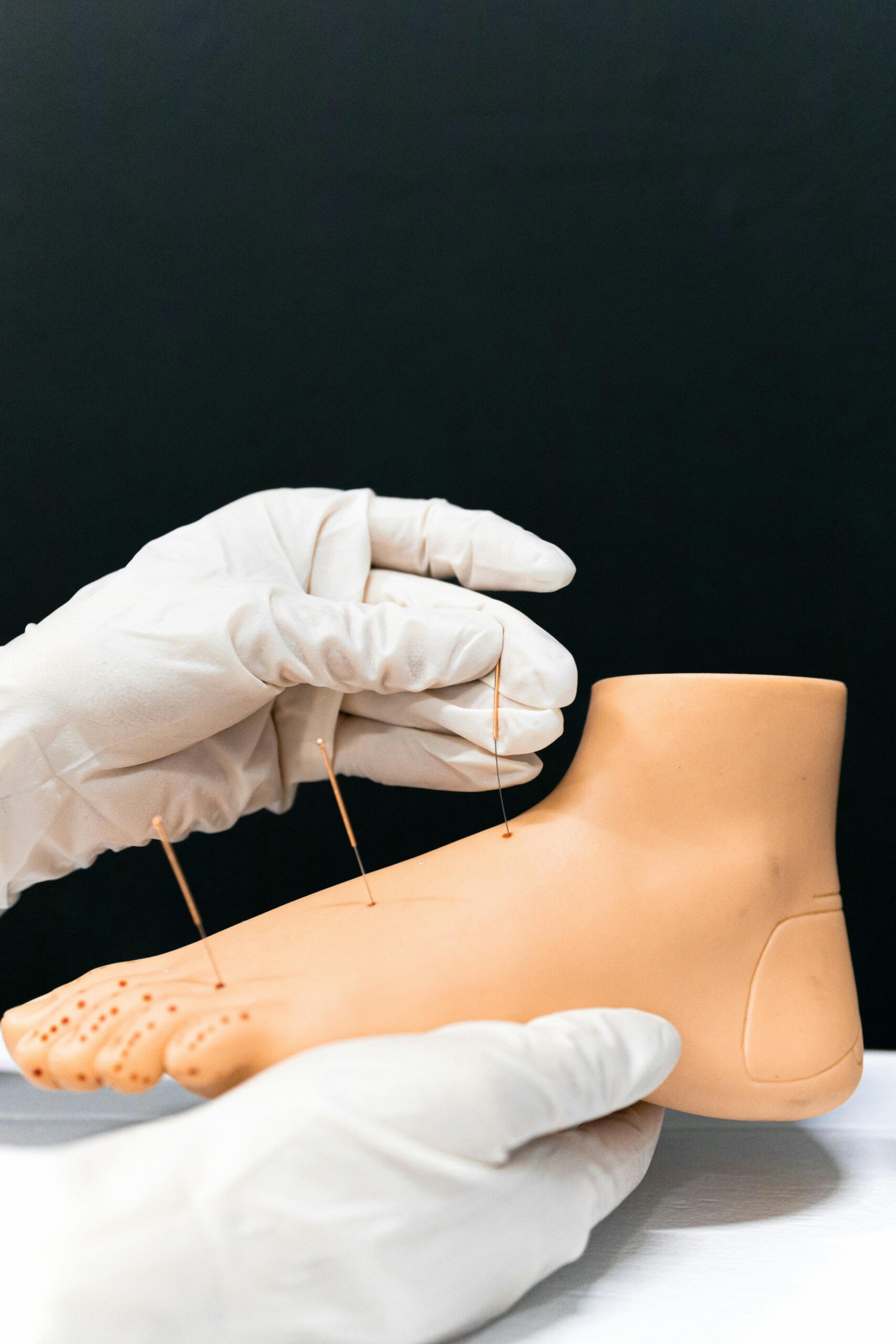In traditional Chinese culture, Qi is known as the life force or energy that runs through all living beings, including rocks and flows around us too. It unites the 5 minds, the body and the 5 spirits as well as creating a constant flow of invisible communication between us and the world around us.
Qi transports fluids and nutrients around the body as well as Blood transports Qi around the body. It is said that

They go hand-in-hand. This explains why someone who is anaemic (blood deficient) feels tired. If Blood is deficient, so is Qi and vice versa.
Qi flows through meridians in the body (also known as channels, pathways) which form a network around the body connecting the surface of the skin to the internal systems and organs. A free flowing Qi is believed to be the means to optimal health and wellbeing.
Gua Sha is an ancient Chinese healing technique which consists of scraping the skin along the meridians and it works by dispelling the stagnation of Qi and Blood in the channels. See, pain is mainly stagnation of either Qi or Blood or both. We know pain is caused by stagnant Qi when the pain is more of a dull ache, tension or tightness. But when the pain is boring or stabbing, we know the cause is Blood stagnation, such is the case of acute injuries which hurt a great deal. The shock of an injury causes both the Qi and the Blood to stagnate in that area. This stagnation causes blockages which can cause inflammation, chronic pain (if not treated) and emotional distress. In turn, emotional distress is known for causing stagnation of Qi too! Hence the bodily pains and aches experienced by people suffering from mental/emotional health issues such as depression and anxiety.
A qualified Gua Sha practitioner uses a smooth-edged massage tool made of buffalo horn which is known for having detox qualities but other tools can be used: a flat, edged stone or crystal, a spoon, the back of a butter knife, a coin etc. to repeatedly scrape the skin in a downward motion, freeing the blockages and encouraging healing by bringing new, oxygenated blood flow to the area to promote metabolic cell repair and regeneration and, ultimately, recovery.
Gua Sha can be performed on the neck, arms, shoulders, back, buttocks and legs, feet and face, starting with a mild pressure, gradually increasing in intensity but always respecting the comfort pain threshold of the receiver.
The look after a Gua Sha treatment can be dramatic but panic not! it does not hurt as bad as it looks. The coloration disappears within 2-3 days but it can last longer if the stagnation was long-standing and abundant. I like recommending Arnica ointment to help reduce the marks faster and I always ask the patient before treatment if they are attending an event where they will wear an open-back top or dress or shorts within the next few days. Some people don’t mind it as it can be a cool theme of conversation at parties!
Over centuries, this technique has been used to support the treatment of muscle and joint pain, migraines, emotional dysregulation, symptoms of perimenopause, sinus pressure, digestive issues and more. The facial Gua Sha is used to promote collagen production, stimulate circulation and reduce dark circles, puffiness and fine lines.
Gua Sha treatment is usually a painless and relaxing process, but the receiver can sometimes feel differing skin sensations like heat, itching, tingling, and these are all indicators that the blockages or toxins are being released.
Gua sha is a great diagnostic tool for holistic health practitioners too! This is because as you gently scrape the skin you can often see the problem areas of Blood stagnation (it can show as redness or a little purple ‘bruise’ under the skin). If I wanted to identify problem areas in the back for example, I could use Gua Sha to see where I needed to focus my work or where the trigger points are. Gua Sha can paint a road map under the skin of where the biggest impact of therapy can be achieved.
As you know, holistic healing is about bringing a range of tools to the table to maximise the benefit to the receiver. I consider you to be a whole person (imagine that!) rather than a symptom or list of ailments and symptoms. All of my services are tailored to you, to your needs – and those needs may evolve and change as we work through your health journey. All of my toolkit is at your disposal so if you would like to understand more about Gua Sha and incorporate it into your next sessions, please reach out.
Best wishes.
Ana Guerrero





